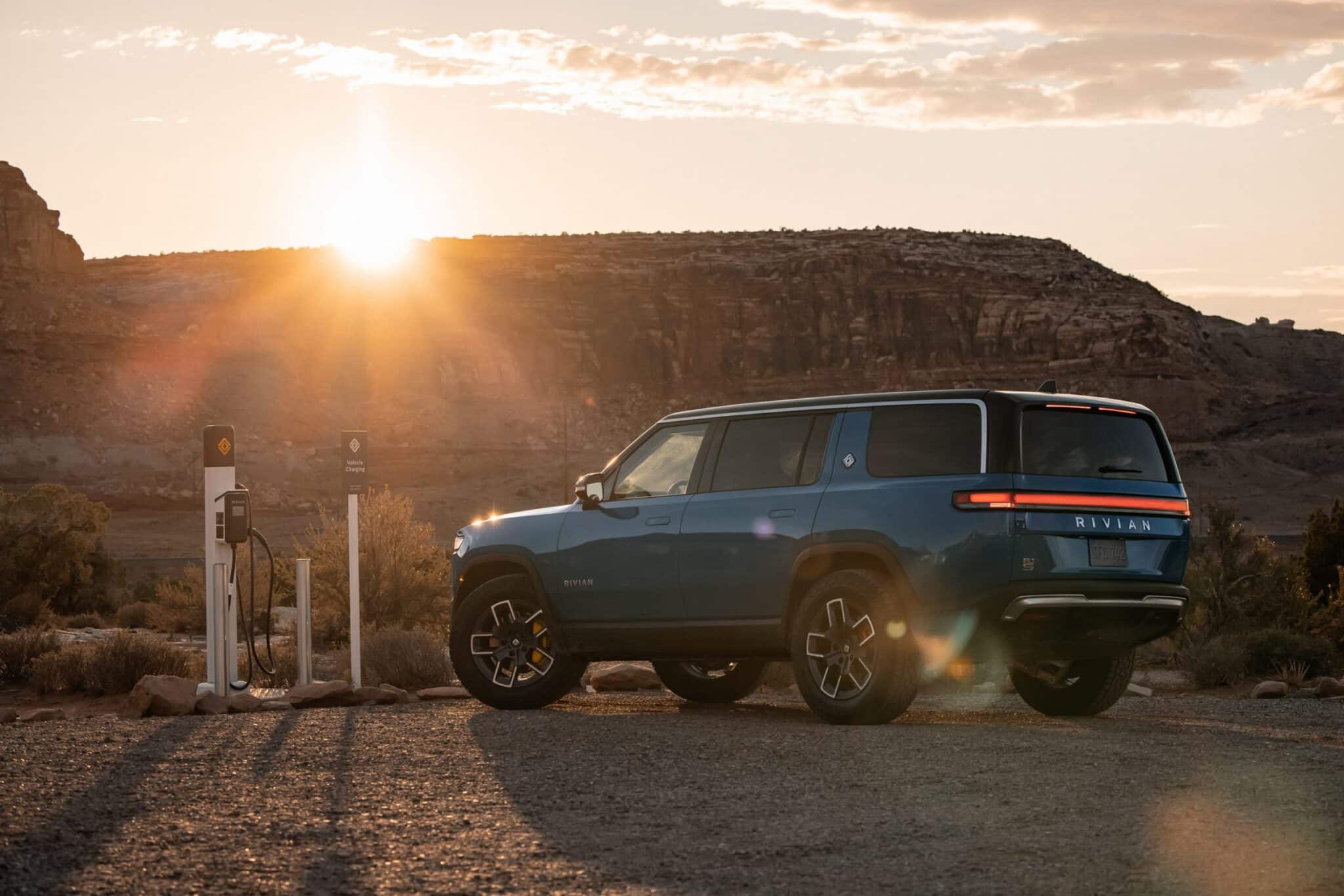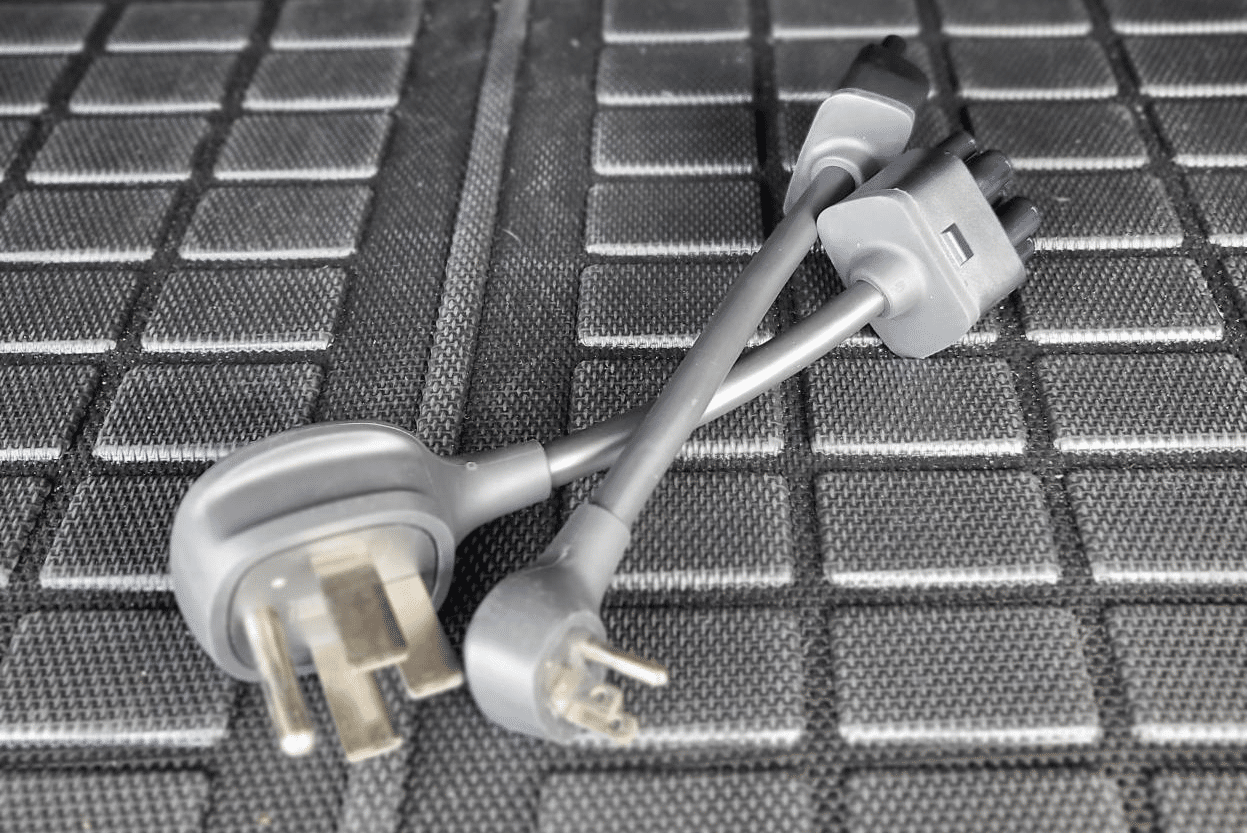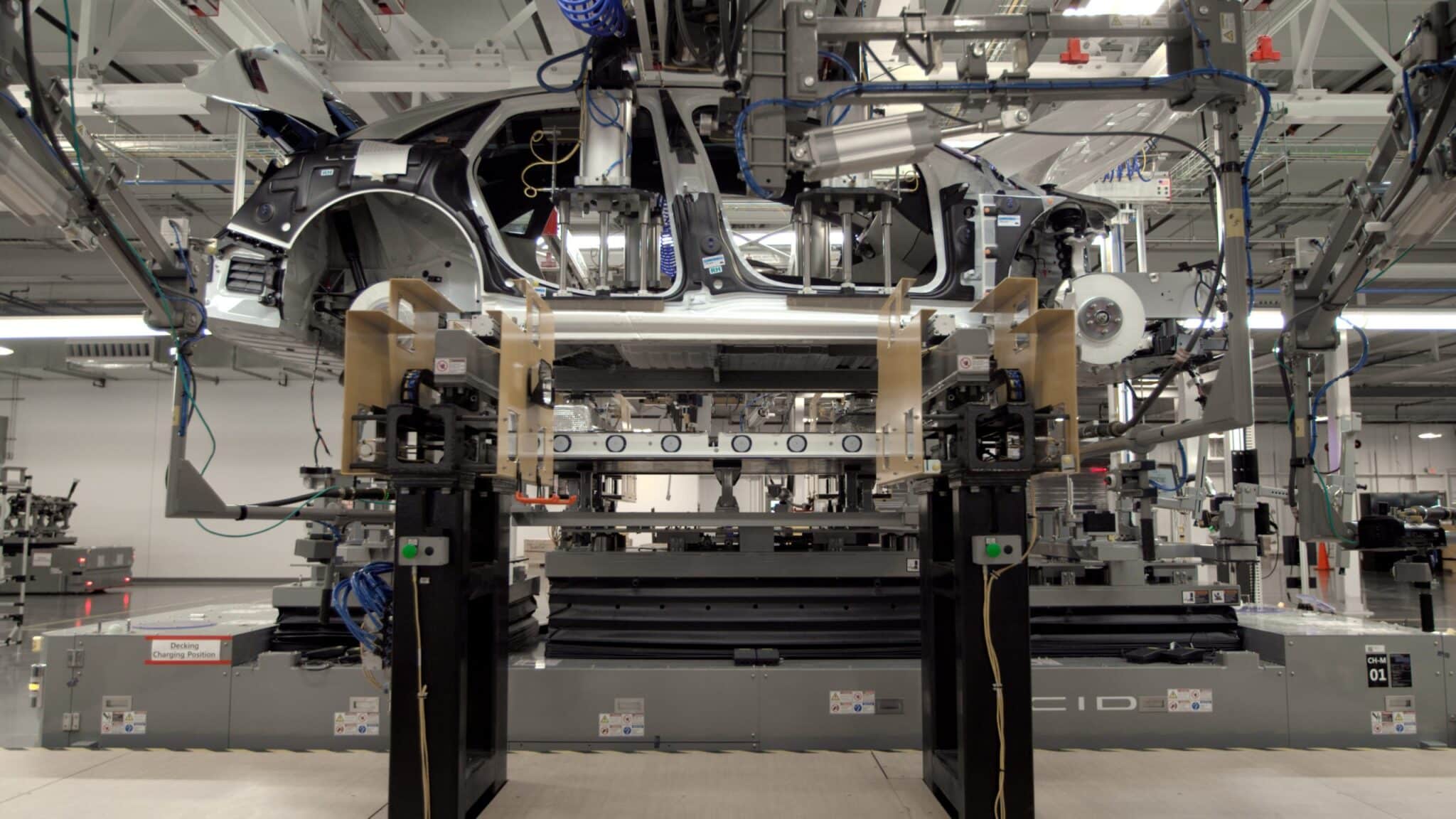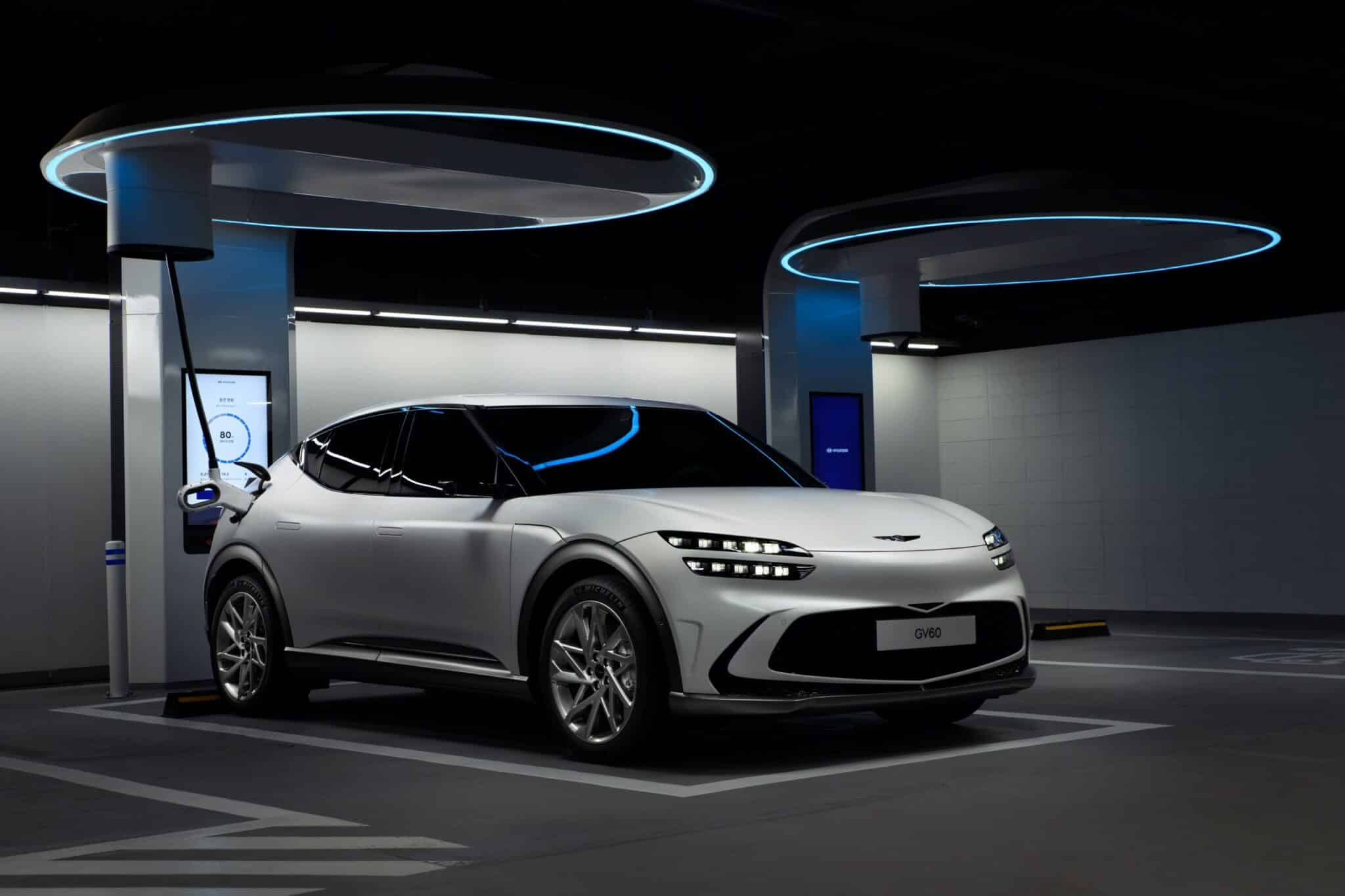How Long Does it Take to Charge an Electric Car Battery?
One caveat with electric cars is having to charge them. Unlike gas-powered cars which can be filled up in under 3 minutes, EVs (electric vehicles) require more time to fill up. How long it takes depends on a number of factors. We’ll cover the ways EV charging is affected and how long it takes to charge them for each.

Factors That Affect Charging Time
When it comes to charging an electric car battery, there are several factors that can influence the overall charging time. Understanding these factors is crucial for electric vehicle owners to effectively plan their charging sessions. In this section, we’ll explore the ways the charger level, battery size, and charger capacity affect charging time. So, let’s dive in and discover what factors can impact the charging time of an electric car battery.
Charger Level
Different EV chargers provide different levels of power to the EV. Each charger level offers a different balance between power capacity and charging speed. This is defined by the three different forms of electric charging.
Level 1 charging will typically only be done at home. Your EV will come with an adapter plug that will allow you to connect your EV to a standard wall outlet. While Level 1 charging provides lower power capacity and slower charging, it can still be convenient for overnight home charging. For example, after your daily commuting is done, you can plug your car in to top it off overnight.

Level 2 chargers offer higher power capacity for faster recharging. These can be installed at homes or found at most public charging stations, such as shopping centers or workplaces. Many automakers will offer an at-home Level 2 charging solution that they or a third party produces. Level 2 chargers are great for people who commute to work regularly or drive for work.
Level 3 charging, more commonly known as DC fast charging, provides the highest power capacity. Only available at public charging stations, they allow for rapid recharge in as little as 30 minutes. These are great for those on long-distance drives or in situations where time is limited. The main downside to DC fast chargers is that they cannot be used to charge your EV all the time as it can put wear on the battery.
| Charger Level | Power Capacity | Charging Rate/Time |
|---|---|---|
| 120-volt Level 1 | Lower power capacity | 2-5 miles/hr of charging |
| 240-volt Level 2 | Higher power capacity | 10-25 miles/hr of charging |
| Level 3 DC Fast Charger | Highest power capacity | ≥ 200 miles of charge in 30 minutes |
Battery Size
The size of an electric vehicle’s battery plays a crucial role in determining its charging time. Larger battery sizes generally require more time to charge compared to smaller ones. This is because the charging process is proportional to the battery capacity.
| Vehicle Model | Battery Size (kWh) |
|---|---|
| Model A | 40 |
| Model B | 60 |
| Model C | 80 |
In the table above, we can see three different electric vehicle models with their corresponding battery sizes in kilowatt-hours (kWh). As expected, Model C with a larger battery size of 80 kWh would take longer to charge compared to Model A with a smaller battery size of 40 kWh.
Having a larger battery size allows for longer driving ranges or even more horsepower. This extra level of performance means longer charging times. This balance between range and charging time is an important consideration for EV owners.

Charger Capacity
In order to better understand the concept of Charger Capacity, let’s take a look at the following table that provides some examples of different charger capacities and their corresponding charging times:
| Charger Capacity | Charging Time |
|---|---|
| 3.7 kW | 10-12 hours |
| 7.2 kW | 5-6 hours |
| 11 kW | 3-4 hours |
| 22 kW | 1-2 hours |
As we can see from the table above, a higher charger capacity leads to shorter charging times. For example, using a charger with a capacity of 22 kW can fully charge an electric vehicle battery in just one to two hours, while a charger with a capacity of 3.7 kW may take around 10 to 12 hours for a full charge.
To ensure faster charging times and convenience, it is recommended to have access to chargers with higher capacities, especially for those who frequently travel long distances or rely heavily on their electric vehicles for daily commuting. By investing in chargers with higher capacities, electric vehicle owners can maximize their driving range and minimize the time spent waiting for their vehicles to charge.
Optimizing Charging Time
When it comes to optimizing the charging time for electric car batteries, there are several key factors to consider. Whether you’re planning a long-distance trip or simply using your electric car for your daily commute, understanding the charging considerations can make a significant difference.
Charging Considerations for Long-Distance Travel
To ensure a smooth long-distance journey with an electric vehicle, several factors need to be taken into account. These considerations can help optimize the charging process and minimize any inconveniences that may arise during travel.
- Convenient Charging Locations: When planning for long-distance travel, it is crucial to identify suitable charging locations along the route. This ensures that you have access to charging stations when needed and minimizes any unexpected delays due to unavailable or occupied chargers.
- Charging Speed: Some charging stations offer faster charging speeds than others. Prioritizing high-speed chargers can significantly reduce your overall charging time, allowing you to make progress on your journey more efficiently.
- Battery Range Management: Understanding your vehicle’s battery range capabilities is essential for long-distance travel. Monitoring your battery level and planning accordingly will enable you to make informed decisions for charging on the road.

Furthermore, consider the following suggestions for a seamless long-distance EV journey:
- Utilize Route Planning Tools: Taking advantage of electric vehicle route planning tools can help identify the most efficient charging points along your route. These tools take into account factors such as charger availability, distance between stops, and estimated charging times.
- Time Your Stops Efficiently: Timing your stops strategically can also improve efficiency. For example, stopping at a restaurant or shopping center with nearby charging stations allows you to multitask while your vehicle charges.
- Use Regenerative Braking: Utilize regenerative braking technology whenever possible. This feature converts excess energy from braking back into the battery’s charge, extending its range and reducing the amount of external charging required.
By considering these factors and following these suggestions, long-distance travel with an electric vehicle can be both convenient and efficient, ensuring a pleasant journey without compromising on charging requirements.
Charging at Home for Daily Driving
Charging your EV at home is a convenient and cost-effective way to ensure your car is always ready for your daily commute. Here’s a simple 4-step guide to help you make the most of charging at home for your everyday driving needs:
- Install a Level 2 Charging Solution: Consider installing a 240-volt Level 2 charging solution at your home. This type of charger provides faster charging compared to the standard 120-volt Level 1 charger.
- Determine Your Battery Size: Larger battery sizes may take longer to charge, so understanding this factor will help manage your charging time effectively.
- Understand Your Charger Capacity: Familiarize yourself with the capacity of your onboard charger and the charger you have installed at home. Knowing the maximum capacity will allow you to optimize your charging times by ensuring you use chargers that can handle higher power levels.
- Create a Charging Schedule: By establishing a regular charging routine, you can optimize your daily driving efficiency by plugging in your vehicle at specific times. Charging overnight or during off-peak hours, allows you to capitalize on reduced electricity costs.
Additionally, consider these suggestions for optimizing your charging experience:
- Utilize smart charging features: Some electric vehicles and chargers offer smart features that allow you to schedule or remotely control the charging process. Take advantage of these features to customize and optimize your charging routine.
- Consider investing in solar panels: Installing solar panels on your property can provide clean energy for charging purposes, reducing both environmental impact and electricity costs over time.
- Monitor energy usage: Keep track of your energy consumption during each charge session to identify any patterns or inefficiencies. This information can help you adjust your charging habits and potentially reduce overall charging time.
FAQs about How Long Does It Take To Charge An Electric Car Battery?
What are the factors that affect charging time?
The power source, the vehicle’s charger capacity, and battery size influence an EV charging time. Ambient conditions, such as extreme hot or cold weather, can also affect charge time.
What is the difference between Level 1, Level 2, and Level 3 charging?
The slowest charging option, Level 1 charging refers to using a common 120-volt, 15-amp receptacle. Level 2 charging involves a 240-volt, 40 to 50-amp connection, providing faster charging. Level 3, or DC fast charging, is the fastest option, often found in public charging stations.
How much range can a fast charger add in a half-hour?
Generally, when an electric vehicle’s battery state-of-charge is below 10 percent or above 80 percent, a DC fast charger’s rate slows considerably. Manufacturers often claim that fast charging can get the battery to 80 percent charge in 30 minutes.
How does battery size affect charging time?
Larger battery capacities result in longer charging times. Even if the charging rate is similar, filling a larger battery pack takes more time compared to a smaller pack.
How long does it take to charge a Tesla?
The charging time for a Tesla depends on various factors, such as the charger capacity, battery size, and the Tesla model. Tesla’s V3 Superchargers can provide up to 250 kW, allowing for faster charging times compared to other charging options.
More on EV Universe:
- Insights & Updates: Stay updated in the world of electric vehicles with our insights section. Dive into our in-depth reviews, educational pieces, and the latest news.

